How to cook rice in a kamado? Learn why it’s so delicious and how to cook it at home in a kamado!
2025/09/23 This site contains advertisements. Category: Special-feature
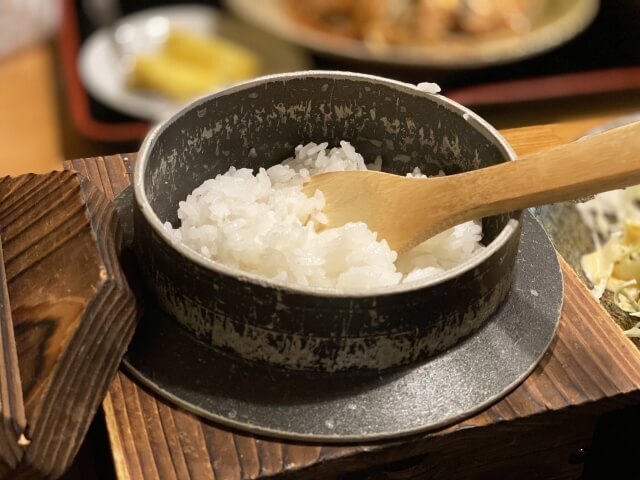
In the past, every home had a kamado (traditional Japanese hearth).
However, with the development of electricity and gas, they are now rarely seen.
Rice cooked in a kamado is shiny, packed with sweetness and flavor, and is delicious even just as rice…
I’m sure there are many people today who long for this delicious experience!
In this article, we’ll explain how to cook rice in a kamado.
What exactly is a kamado?
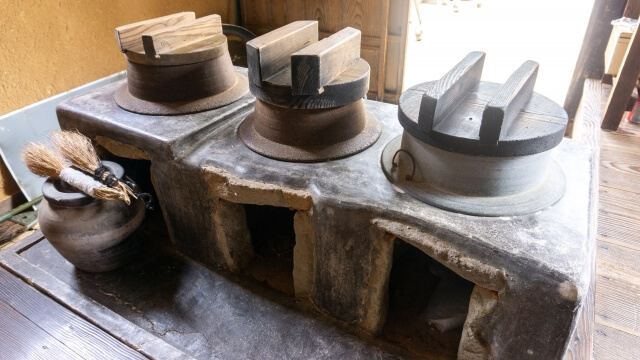
A kamado is a traditional Japanese cooking device that uses firewood or charcoal as fuel for cooking and boiling water. It consists of a hearth made of earth, stone, or brick, on which pots and kettles are placed, and has been widely used in Japanese homes and rural areas since ancient times.
While skill is required to adjust the heat and handle the smoke, it is able to produce a unique, deep flavor in dishes such as freshly cooked rice and simmered dishes. While hearths are rarely seen these days, they are being restored as part of traditional culture and food education, and are enjoying renewed attention.
A kamado (rice cooker) is required to cook rice in a hearth.
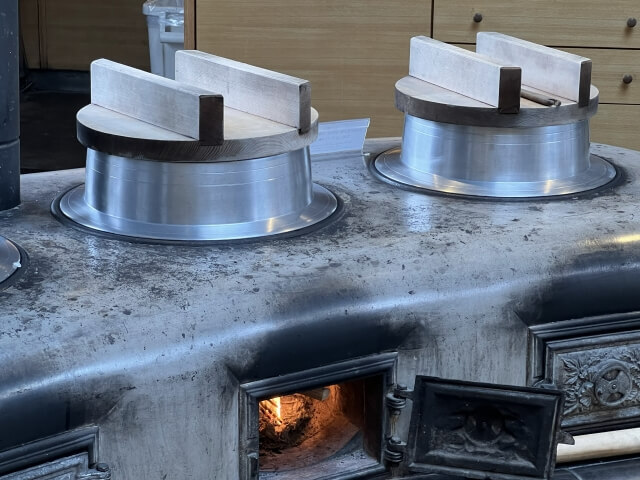
A hagama is essential for cooking rice in a kamado. A hagama is a pot with a flange (= wing) in the middle that fits into the kamado to cook rice. The flange hangs over the edge of the kamado, tightly fitting the pot and kamado and preventing heat from escaping.
The lid is made of thick, heavy wood (zelkova, oak, etc.) so that it won’t come off even if it’s blown up, preventing steam from escaping inside the pot. Using a hagama allows the heat from the strong direct flame to be distributed evenly, resulting in fluffy cooked rice. It’s a tool packed with traditional wisdom, and an important part of ensuring the deliciousness of rice cooked in a kamado.
Why rice cooked in a kamado is so delicious
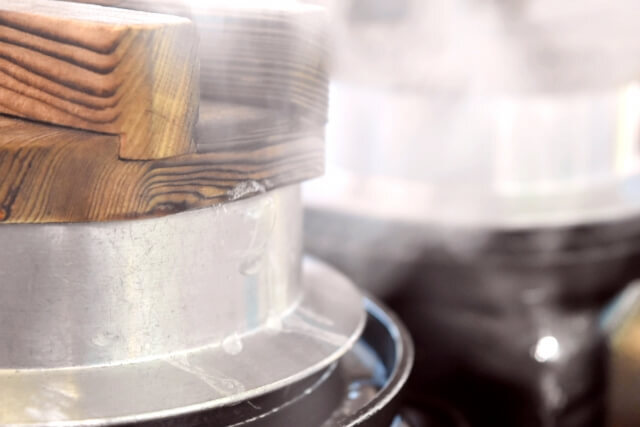
You’ve probably heard that rice cooked in a traditional kamado (traditional Japanese hearth) and hagama (Japanese pot) is delicious, but you might be wondering why it turns out so delicious. Here, we’ll explain why rice cooked in a kamado is so delicious.
The ideal heat setting, taking advantage of both high and low heat
Because kamado stoves use firewood, adjusting the heat might seem difficult, but a skilled cook naturally controls the heat in a sequence that goes from high to medium to low to steaming. The ideal flow is achieved by first bringing the rice to a boil over high heat, gelatinizing the starch, then cooking it thoroughly over medium and low heat, and finally steaming it to lock in the flavor.
The round shape of the kamado pot creates convection.
The kamado pot has a rounded bottom, allowing the fire to surround it inside the kamado. This shape creates natural convection (a vortex of water) inside the pot, heating the rice evenly. This results in fluffy, tender rice all the way through.
Balance of heat retention and heat dissipation
Hagama and kamado are made from materials that conduct heat slowly, preventing sudden temperature changes and allowing for gentle heating and steaming. As a result, uneven cooking is less likely, and the rice remains delicious even when it cools.
Can you cook rice well with “Hajime Choro Choro naka Pappa”?
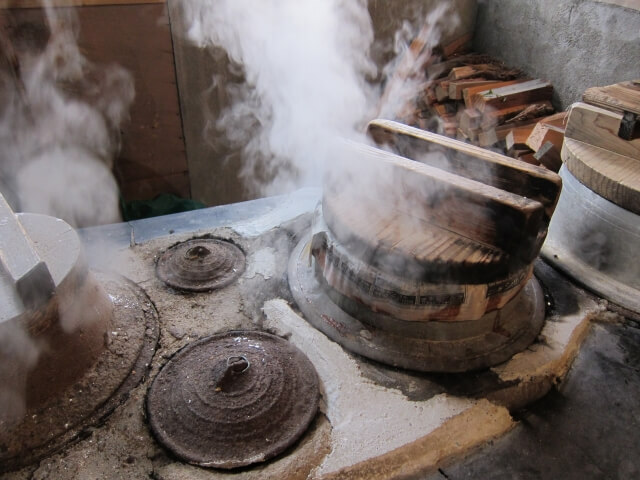
“Hajime Choro Choro naka Pappa” is a simple song written by people in the past to explain the heat and other steps to cook rice well in a traditional Japanese hearth.
The full sentence goes like this: “At first, a trickle, then a puff. When it starts to sizzle, light the fire, burn a handful of straw, and don’t take the lid off, even if the baby cries.”
- Start with a trickle… Heat slowly over low heat at first, allowing the rice to absorb all the moisture.
- Middle, a puff… Increase the heat halfway through and bring to a boil, creating a strong convection current.
- When it starts to sizzle, turn the heat down.… If it starts to boil and looks like it’s about to overflow, reduce the heat and adjust accordingly.
- Burning a handful of straw…Finally, add a little more heat to evaporate the moisture.
- Don’t take the lid off, even if the baby cries.…This is the teaching that you should never open the lid during steaming.
By following these heat and lid controls, you can ensure evenly cooked, fluffy rice, lock in the aroma and flavor, and prevent scorching.
How to Cook Rice in a Kamado
Rice cooked in a traditional kamado (traditional Japanese hearth) is fragrant and has a fluffy texture. Slowly cooking the rice over a wood fire brings out the rice’s natural sweetness and flavor. Here, we’ll introduce the steps and preparations for cooking delicious rice in a kamado.
Things to Prepare
To cook rice in a kamado, you’ll need the following equipment:
- Stovetop
- Kamado
- Rice
- Water
- Firewood
- Other tools (rice scoop, dish towel, fire tongs, fire poker, etc.)
Specific Steps for Cooking Rice in a Kamado
Now, let’s introduce the steps for cooking rice in a kamado.
1. Wash the rice.
After washing the rice, soak it in water to thoroughly absorb the water. 20 to 30 minutes is recommended.
2. Start over low heat.
Place the kamado (rice pot) on the stove, turn on the heat, and slowly heat the entire bottom. The key is to raise the temperature evenly without rushing.
3. The “trickling” signal.
After about 10 to 15 minutes, small bubbles will appear at the bottom of the pot and you will hear a “trickling” sound. This is a sign that the rice is boiling.
4. Bring to a boil over high heat. Add split logs (small pieces of firewood) and increase the heat to high enough that flames are visible from the side of the kettle. Bring to a vigorous boil to create active convection inside.
5. From “medium bubbling” to “sizzling”
As the boil progresses, the bubbles become more intense and the sound changes to a “sizzling,” reduce the amount of firewood slightly and reduce the heat to low (this is important to prevent the food from burning).
6. Close the lid and continue steaming.
Even on low heat, the rice will continue to boil, and the lid of the kamado will continue to rattle like a crying baby. After the rattle stops after 15 to 20 minutes, it’s a sign that steaming is complete.
7. Finally, adjust the residual heat with straw.
Just before the rice is done cooking, burn a handful of straw to add residual heat to the entire pot and evaporate the moisture. This also creates a fragrant scorched rice. The rice is now cooked, but if you try to serve it right away, the rice grains that are stuck to the still-hot kama will lose moisture quickly and become crispy, making it difficult to remove.
If you let it cool for about 10 minutes before serving, the rice will be able to be served neatly.
How to cook rice in a kama at home
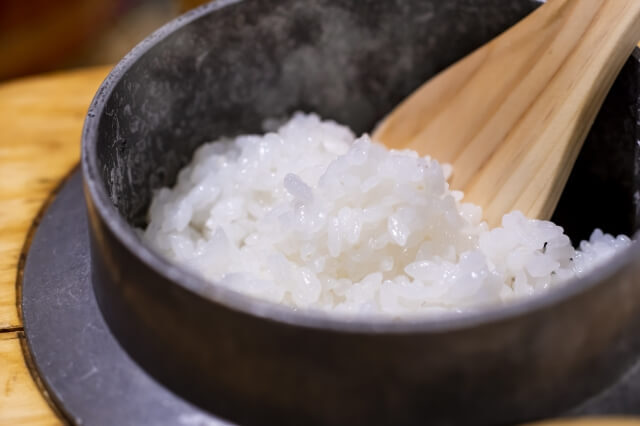
Many people probably wish they could enjoy rice cooked in a traditional Japanese stove at home. A home-use Hagama can make that wish come true. By using a gas stove, you can take advantage of the Hagama’s inherent properties to cook fluffy, glossy rice, even without a traditional Japanese stove. Here, we’ll explain in detail the steps, tips, and secrets to its deliciousness.
Tools Required
The tools you’ll need to cook rice in a kamado at home are listed below.
- Kamado (gas compatible)
- Gas stove (medium-high heat)
- Rice, water
- Timer
- A lid (ideally a heavy lid specifically designed for a kamado)
- A rice paddle, potholders, trivet, etc.
If using an induction cooktop, you will need to use an induction-compatible kamado or one with a flat bottom.
How to Cook Rice in a Kamado
Now, let’s take a look at the steps for cooking rice using a kamado pot on a gas stove at home.
1. Wash the rice and soak it.
Gently wash the rice and soak it in water for 30 minutes to an hour. If the rice isn’t soaked enough, it will have a hard core.
2. Adjust the amount of water.
Place the washed rice in the kamado pot and add about 180-200ml of water for every 1 cup (approximately 150g) of rice. This is roughly the same amount of water as in a regular rice cooker, but since the kamado pot evaporates a little more, you can add a little more.
3. Cook on high heat. If you’re using a gas stove, it’s fine to start with high heat. Bring to a boil over high heat, then simmer on low heat for about 10 minutes, then turn off the heat and let it sit. The kamado retains heat well, so the internal heat will continue to cook the rice thoroughly even after the heat is turned off.
4. Turn off the heat and let it steam. After turning off the heat, let it steam for about 10 minutes. This steaming will bring out the texture and aroma of the rice even more.
The optimal steaming time will vary slightly depending on the amount of rice and the thickness and material of the kamado pot. Adjusting the time, aiming for 10-20 minutes, will result in a more delicious rice.
Introducing Restaurants in Yamagata Where You Can Savor Kamado-Cooked Rice
Even if you want to eat rice cooked in a kamado, it can be quite difficult these days, when kamado stoves are almost nonexistent. In those cases, we recommend checking out a restaurant that cooks rice in a kamado! Yamagata Prefecture is home to many restaurants where you can enjoy rice cooked in a traditional Japanese hearth. One of the most recommended is Okuyama Shokudo.
Okuyama Shokudo is a popular restaurant located in Murayama City, Yamagata Prefecture, and is particularly known for its set meals made with rice cooked in a traditional Japanese hearth.
When I went to eat there, I ordered the “fried shrimp set meal” which also uses rice cooked in a traditional Japanese hearth.
The rice was cooked to perfection, with a wonderful aroma, and the sweetness spread with each bite. The fried shrimp was also large and crispy with an irresistible firm texture. The restaurant has a calming atmosphere and is a warm and welcoming restaurant. I was able to relax and enjoy my meal.
Okuyama Shokudo is a locally-run restaurant where you can enjoy home-style cooking and a warm atmosphere. If you’re visiting Murayama City, why not stop by?
Introducing rice accompaniments that bring out the deliciousness of your rice!
Once you’ve cooked delicious rice, you’ll want some rice accompaniments to make it even more delicious! Here, we’ll introduce some recommended rice accompaniments that will bring out the deliciousness of your rice.
Umeboshi
Umeboshi, with its salty and sour taste, is an essential accompaniment to rice on the Japanese table. A preserved food that has been popular since prehistoric times, it still has many loyal fans today. Its flavor, which brings out the sweetness of rice, is simple yet timeless. The citric acid also helps relieve fatigue and has antibacterial properties, making it perfect for hot weather or when your appetite is low. Another appealing feature is the versatility of how it can be prepared, such as on top of rice, in rice balls, or as chilled tea rice.
Pickles
There are many different types of pickles, such as shibazuke, takuan, and Matsumaezuke, but we recommend Yamagata Prefecture’s “omizuke.” Omizuke is a representative Yamagata pickle made with Yamagata greens, a type of mustard greens. It contains not only greens but also daikon radish, carrots, Jerusalem artichoke, and shiso berries, making it a great choice for rice. Omizuke is also recommended for ochazuke (tea rice with green tea).
Mentaiko and Tarako
Tarako, made from salted pollock roe, and mentaiko, made with spicy chili peppers, are dishes that seem made for rice. Their crunchy texture, rich flavor, and saltiness are the perfect match for white rice. They’re delicious on their own, or lightly seared or mixed with mayonnaise. They’re also delicious when the rice has cooled, making them a popular side dish for bento lunches.
Shirasu
Boiled and salted shirasu may look small, but it’s highly nutritious and has a refreshingly light flavor. Just top a generous portion of it on rice and drizzle with soy sauce for a delicious treat. Eating it with grated daikon radish, green shiso leaves, and a soft-boiled egg enhances the flavor even more, making it a healthy and timeless dish. It’s the perfect rice accompaniment for busy mornings or when you don’t have much of an appetite.
Meat Miso
Nikumiso, made by stir-frying minced meat with miso, sugar, soy sauce, and other ingredients in a sweet and spicy sauce, is a staple dish that pairs perfectly with white rice. Its rich flavor will have you coming back for more rice. Adding ginger, garlic, or sansho pepper enhances the flavor, making it a more mature taste. Simply serve it on hot rice for a simple yet luxurious meal. It’s also delicious on udon or tofu, making it a versatile side dish that can be easily adapted.
Yamagata Dashi
Yamagata’s local dish, “dashi,” also goes great with rice. This dish is made by combining chopped cucumber, eggplant, and myoga ginger with okra and shredded kelp to create a sticky texture, then seasoning it with soy sauce and noodle soup base. Because it’s sticky, it’s easy to eat even on a hot summer day. It’s also recommended for pouring over rice, tofu, and other dishes.
Summary
A kamado (traditional Japanese kamado) and a kamado (pot) are essential for authentic kamado cooking, and there’s a reason they’re so delicious. While many people may think it’s difficult to do at home, you can enjoy kamado rice at home by using a kamado that’s compatible with your stove. There are also restaurants that offer kamado-cooked rice, and facilities where you can actually try cooking rice in a kamado.
Why not take this opportunity to give it a try?


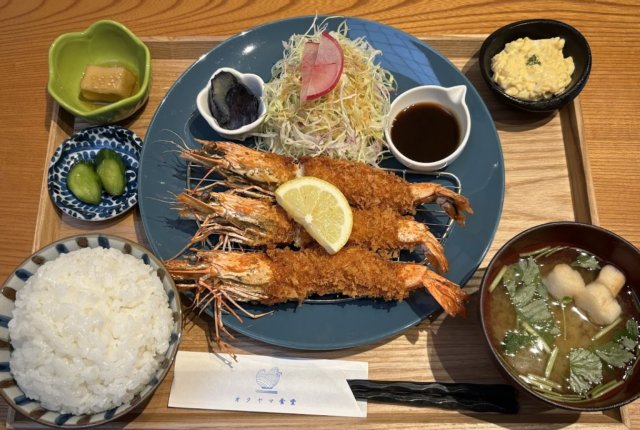
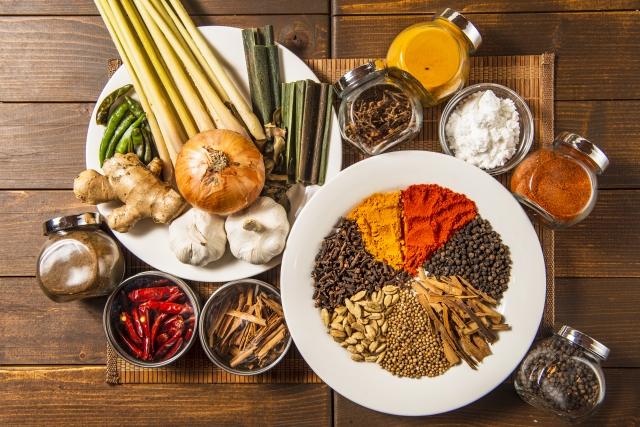
![[Yamagata’s local cuisine] “Hippari udon” is recommended in the summer! “Chilled” recipe on hot days’ cooking アイキャッチ](https://bongheiberg.yamagata.jp/wp-content/uploads/2025/09/29523048_m.jpg)
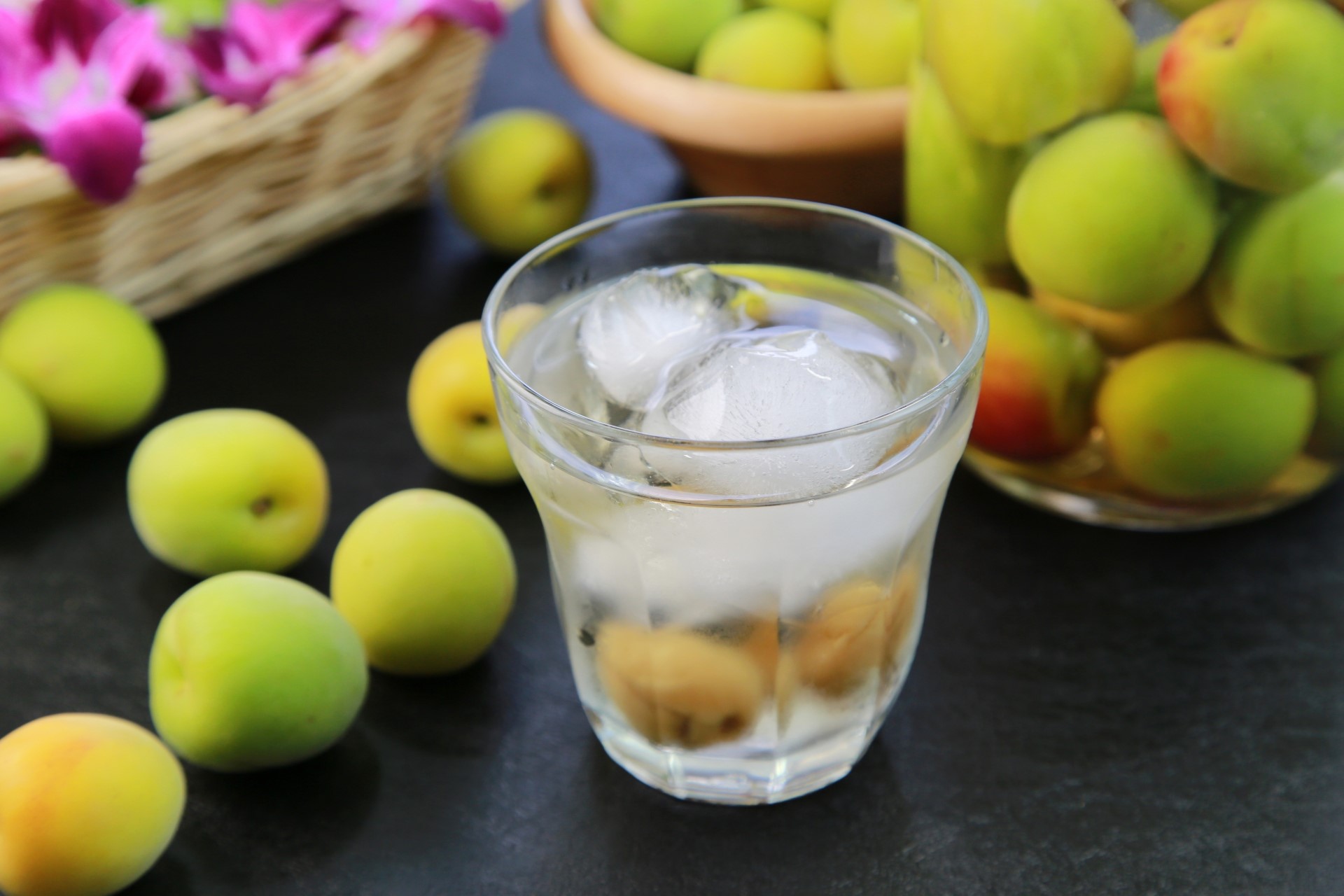
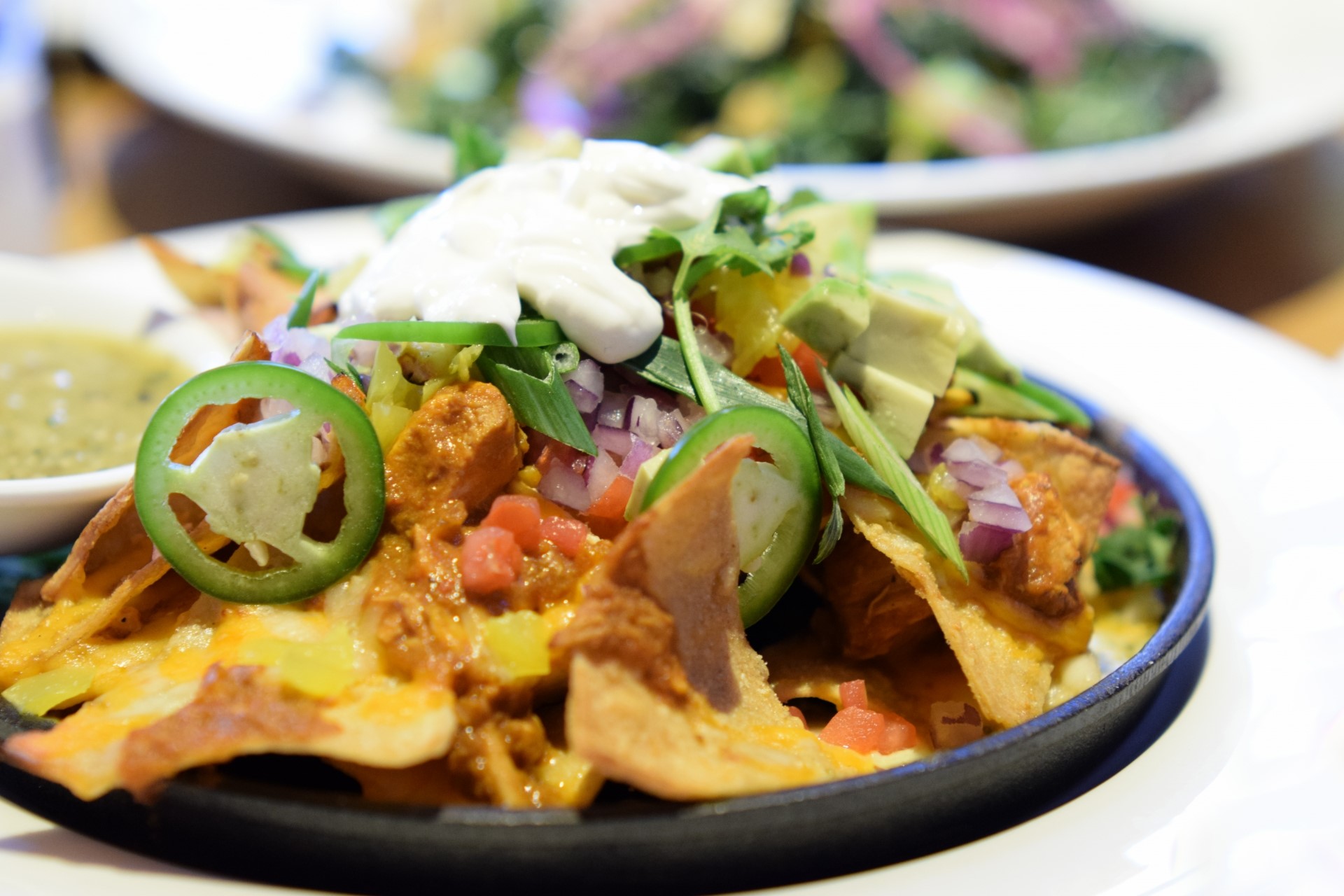
![[Reviews] Adding vinegar to ramen makes it refreshing and increases its health benefits! アイキャッチ](https://bongheiberg.yamagata.jp/wp-content/uploads/2025/09/ramen_to_su.png)
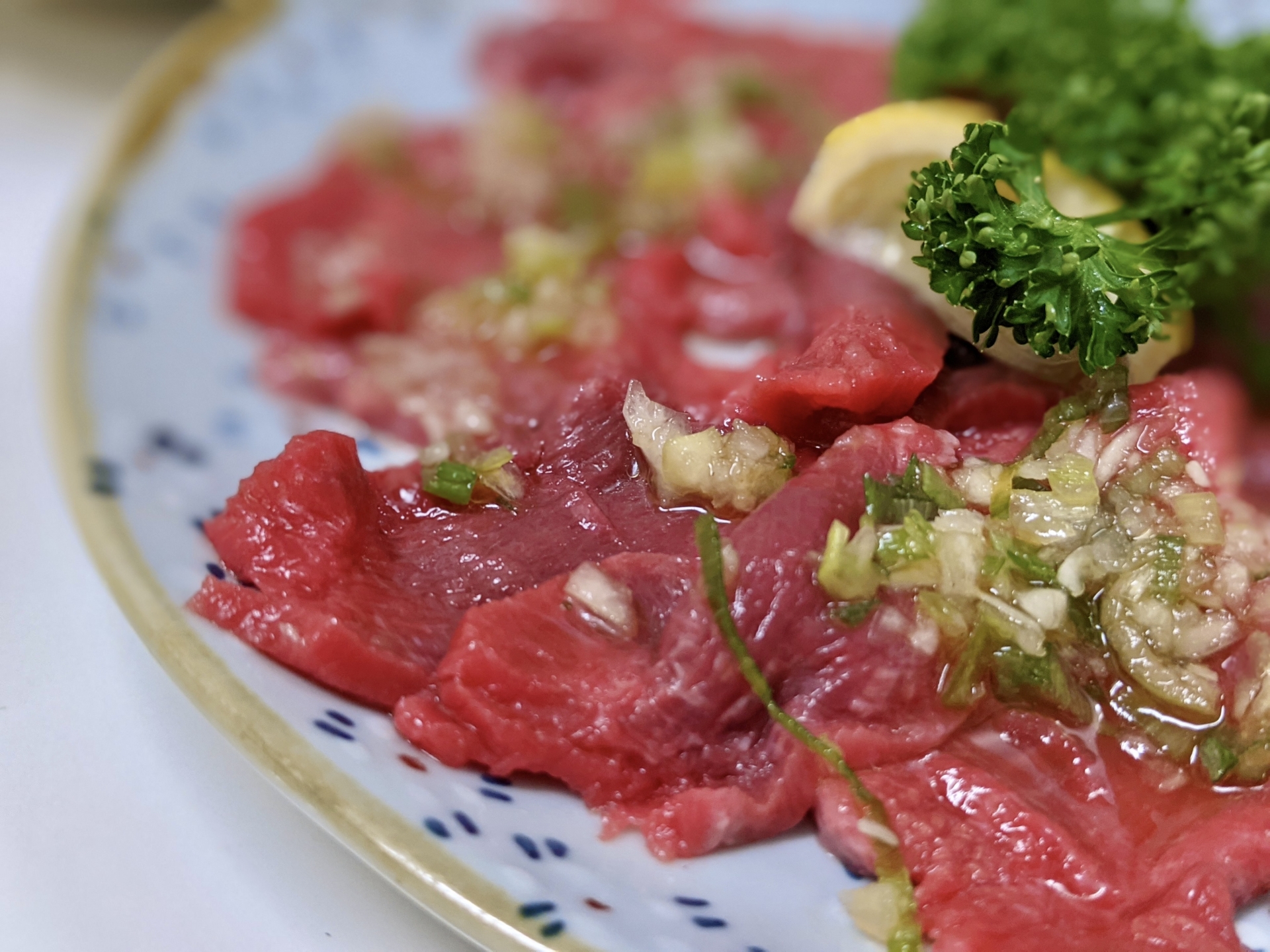
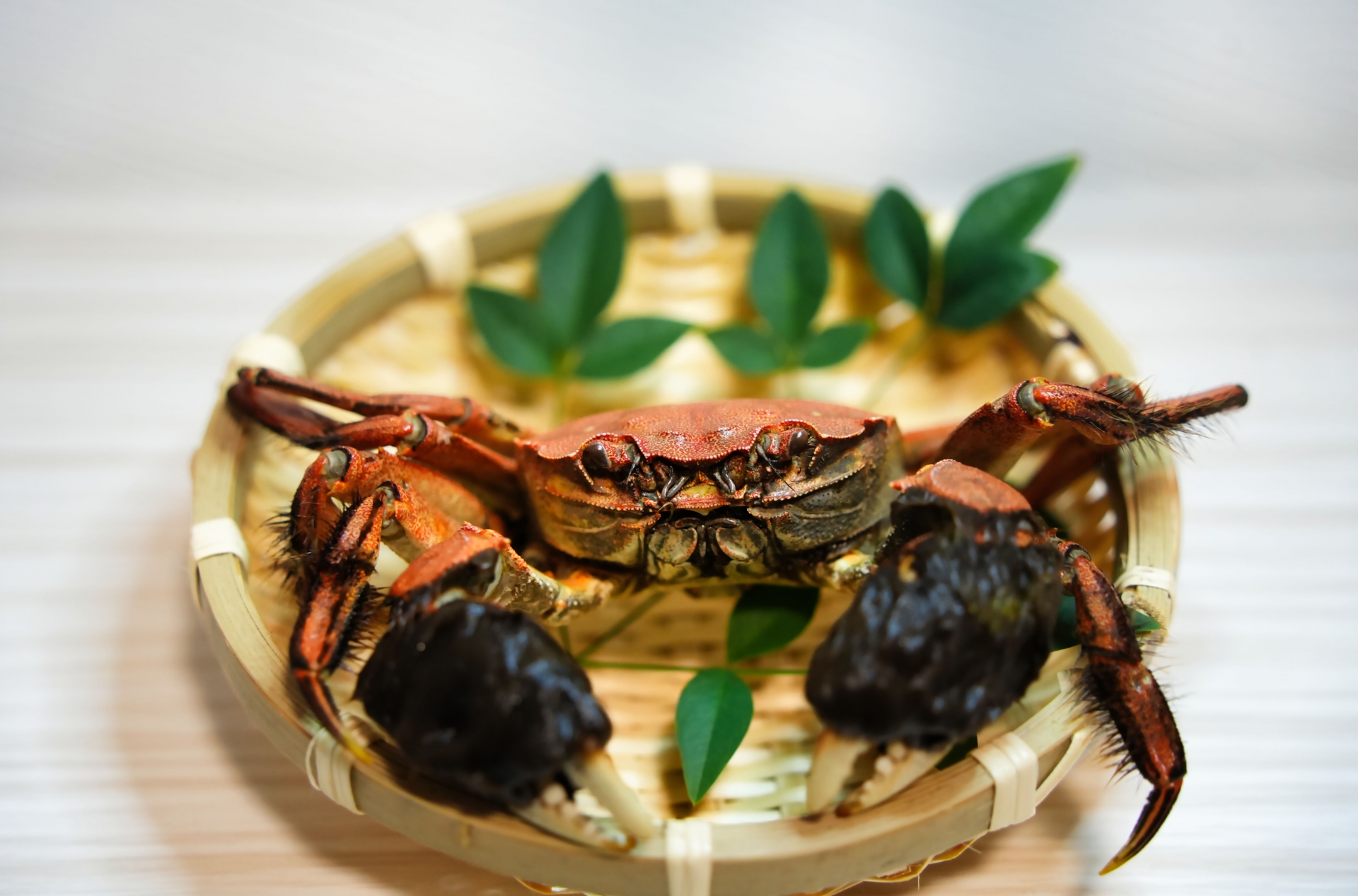
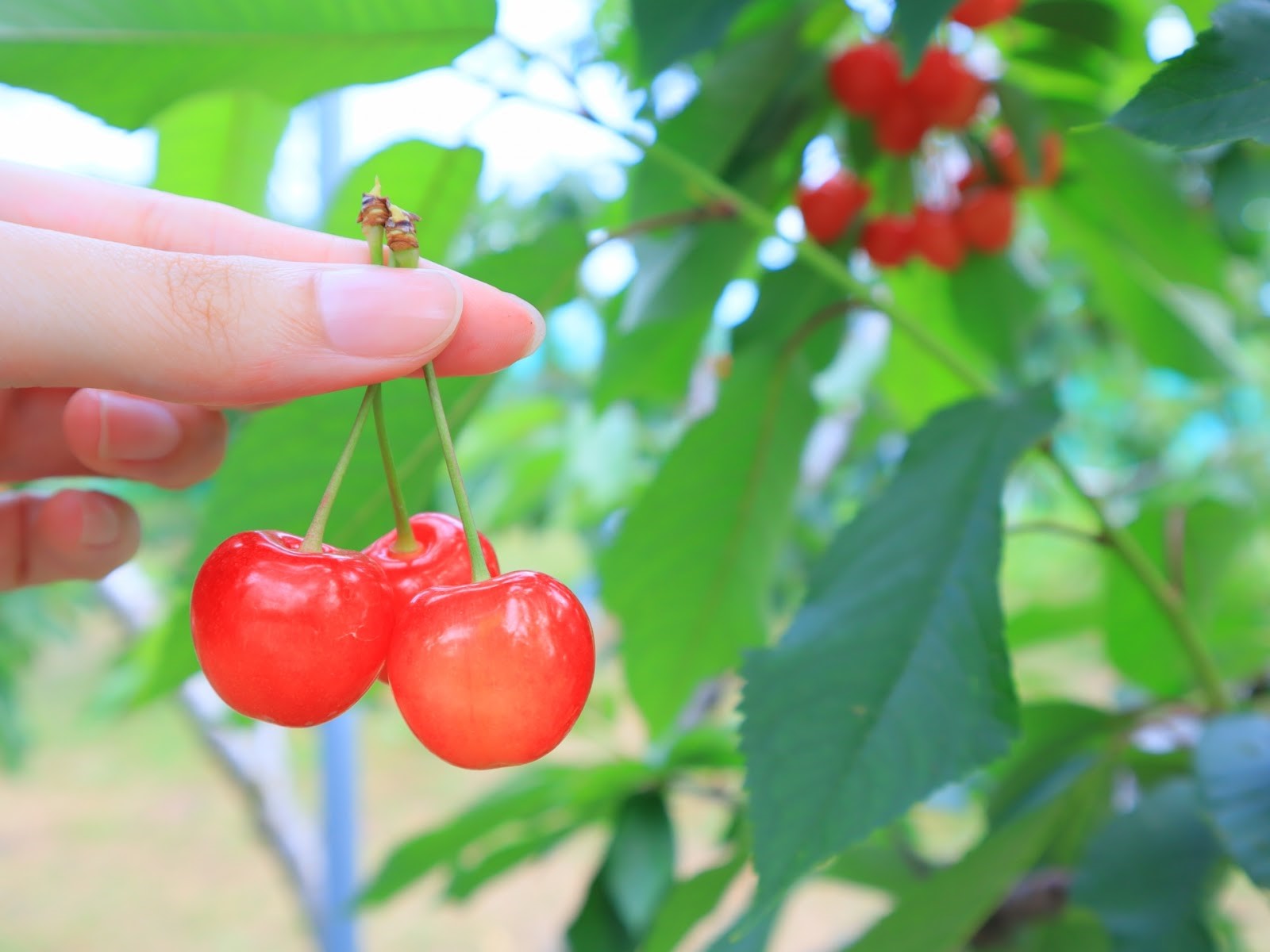

![[Yamagata, Tendo] Enjoy authentic gelato at the sports park! Made by Italian-trained artisans at “COZAB GELATO” アイキャッチ](https://bongheiberg.yamagata.jp/wp-content/uploads/2025/09/top-scaled.jpg)
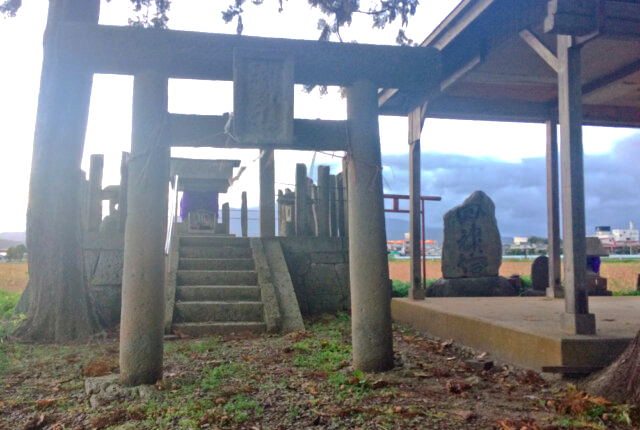
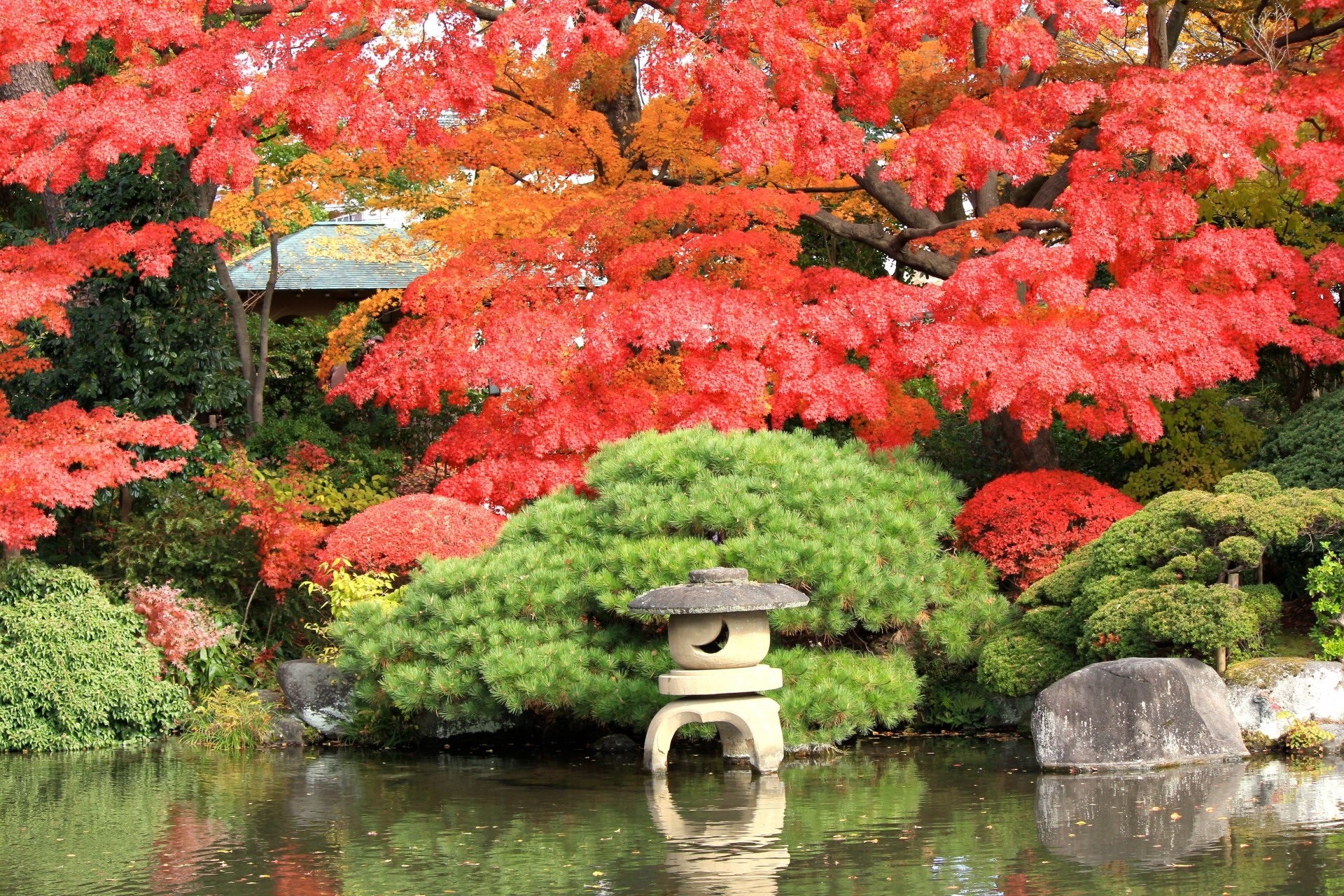
![[Yamagata, Shonai] Kumagaya Shrine, the birthplace of Kamenoo | Learn about the life of Kumagai Saburobei, the god アイキャッチ](https://bongheiberg.yamagata.jp/wp-content/uploads/2025/09/熊谷神社.jpg)
![[Yamagata, Tozawa] “Roadside Station Tozawa Kouraikan” Experience of traveling Korea | Korean gourmet food, and souvenirs アイキャッチ](https://bongheiberg.yamagata.jp/wp-content/uploads/2025/10/道の駅とざわ_高麗館9-1.png)
![[Yamagata, Murayama] Link MURAYAMA’s pizza shop “pizza nu-ma” | Delicious pizza tasting report アイキャッチ](https://bongheiberg.yamagata.jp/wp-content/uploads/2025/09/pizza-nu-ma7.png)